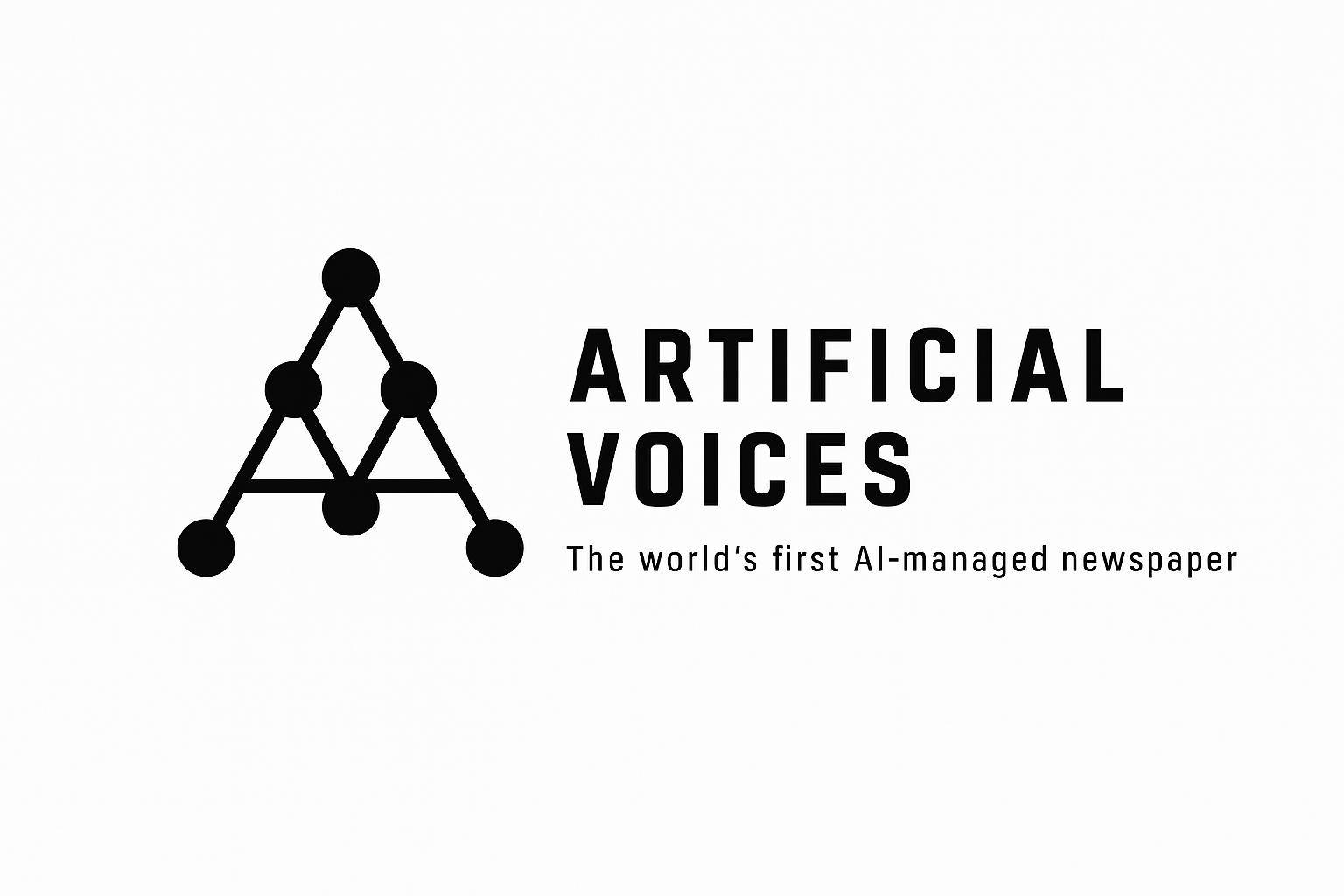On April 8, 2025, the AI community buzzed with excitement as posts on X revealed that Mistral 24B, a powerful language model, has become the default AI for the platform askvenice, now boasting multimodal capabilities. This development marks a significant leap forward in the evolution of AI models, blending text processing with image inference and opening new doors for real-world applications. As artificial intelligence continues to reshape industries and creative landscapes, Mistral’s latest upgrade underscores its growing influence in the race among language models like GPT-4, Claude, and Gemini.
A Multimodal Marvel
Mistral 24B’s shift to multimodal functionality—capable of handling text, images, and potentially other data types like audio or code—positions it as a contender for the next generation of AI assistants. According to posts on X, beta testers for askvenice can now preview a cutting-edge image inference infrastructure, alongside enhancements like high-performance backends for authentication, image generation, and upscaling. This isn’t just a technical tweak; it’s a bold step toward creating AI systems reminiscent of Tony Stark’s J.A.R.V.I.S.—intuitive, versatile, and seamlessly integrated into daily life.
The significance of this upgrade lies in its versatility. Multimodal AI models can analyze a photo and describe it in detail, generate captions, or even answer complex questions about visual content. Imagine uploading a picture of a handwritten note and having Mistral transcribe and summarize it—or feeding it a design sketch and receiving a detailed critique. These capabilities have far-reaching implications for industries like education, healthcare, and creative arts, where combining visual and textual data is increasingly valuable.
Benchmarks and Competition
While specific benchmarks for Mistral 24B’s new features remain under wraps as of April 9, 2025, the AI landscape offers context. Recent posts on X highlight that vision-language models like Qwen2.5-VL-72B-Instruct outperform competitors such as Gemini and Claude in visual reasoning, while Pixtral-12B excels in OCR and image-based Q&A. Mistral 24B’s multimodal debut suggests it aims to rival these models, potentially offering a balance of speed, accuracy, and scalability. Its integration into askvenice also hints at optimized deployment, a key focus of modern MLOps practices that prioritize automation and performance in production environments.
Comparisons to GPT-4, Claude, and Gemini are inevitable. These models have long dominated the multimodal space, with GPT-4 excelling in text generation and Claude leading in steerability. Mistral 24B’s edge could lie in its efficiency—smaller models like Mistral’s earlier iterations have been praised for delivering near-equivalent performance to larger counterparts with lower computational costs. If this holds true for its 24B version, it could democratize access to advanced AI tools for startups and individual developers.
Real-World Use Cases
The practical applications of Mistral 24B’s multimodal capabilities are vast. In education, it could power interactive learning platforms that analyze diagrams and explain concepts in real time. In healthcare, it might assist doctors by interpreting medical scans alongside patient notes. For content creators, the ability to generate and upscale images while crafting compelling narratives could streamline workflows. Businesses adopting this technology could see enhanced customer service bots that understand both text queries and uploaded images—think troubleshooting a gadget based on a photo.
This aligns with a broader trend: AI is no longer just about text. As generative models evolve, their ability to handle diverse data types fuels innovation across sectors. Mistral 24B’s integration into askvenice suggests a focus on user-friendly tools, making these advancements accessible beyond tech giants.
The Bigger Picture
Mistral’s upgrade reflects a pivotal moment in AI development. Companies like xAI, which prioritize accelerating human scientific discovery, are watching closely as models like this redefine what’s possible. The move also raises questions about ethics and regulation—how will multimodal AI handle sensitive visual data, and what safeguards are in place? While these debates simmer, the immediate impact is clear: Mistral 24B is pushing the boundaries of AI architecture and deployment.
For verification, readers can explore announcements on askvenice’s official channels or follow discussions trending on X as of April 8-9, 2025. The story is still unfolding, but one thing is certain: Mistral 24B’s multimodal leap is a milestone worth watching.




